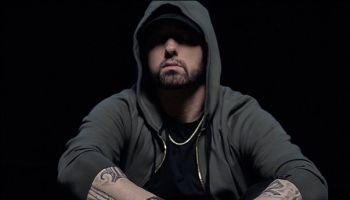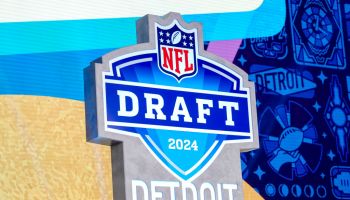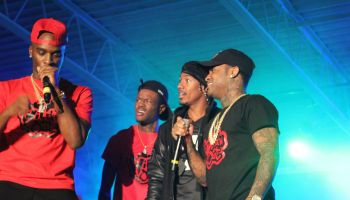This promises to be the biggest year for charter schools in North Carolina since the law allowing them passed nearly 15 years ago.
Students and teachers at Torchlight Academy, all in uniforms of white shirts and Navy blue slacks, jumpers or skirts, walk hallways where banners trumpet test results and goals. The fifth-grade boys class works on how to choose correct answers on an end-of-grade practice test. Torchlight was in danger of losing its charter a few years ago, partly because of poor test scores. But results this year put student passing percentages above the state average in math and close to average in reading.
Torchlight teaches discipline as much as reading and math. Students march a military-style drill before class. While they are in school, they aren’t allowed candy, cookies or any sugary treats. Don McQueen, Torchlight executive director, has parents’ permission to spank some students, and he has. “Where there is no discipline, there is no love,” says a sign in a meeting room.
Most of the classes are divided by gender, and most boys have male teachers.
“The beauty of charter schools is when you can develop an education program that is relevant to the needs of the community,” said McQueen. All Torchlight’s children are black or Hispanic, and the school rules are meant to instill habits students will carry into adulthood. White shirts and ties get students used to wearing business attire, and the prohibition on sugary snacks is a response to the diabetes and obesity epidemics.
Desmond Davis, father of three children at Torchlight, said he wouldn’t send his children to any other school. “What I teach in my house, they teach in this school,” he said. Davis’ 9-year-old son wants to be a businessman and asked for a suit for Christmas, a vision that Davis said was planted at school. He likes that the school focuses on African-American and Hispanic culture, that all classrooms are named after historically black colleges or universities, that lessons and homework assignments reinforce black and Latino history.
“Kids see a reflection of themselves,” he said. “I think that’s very, very important.”















